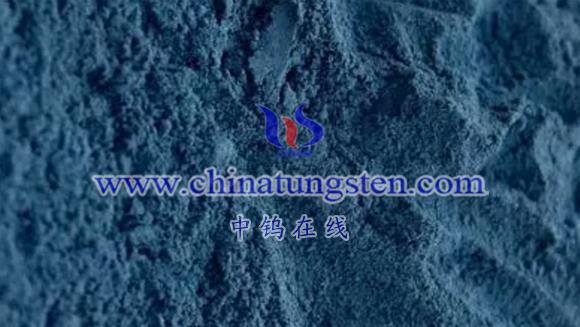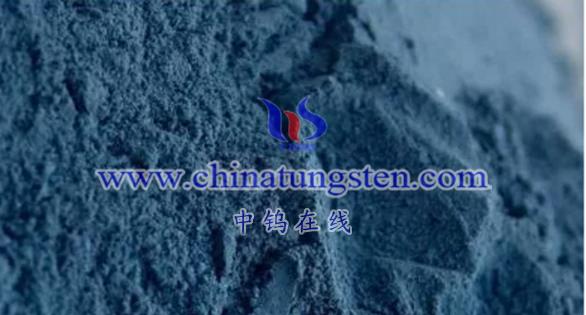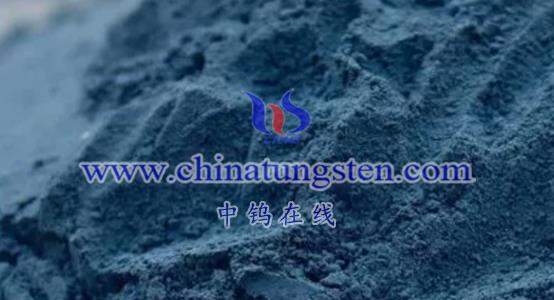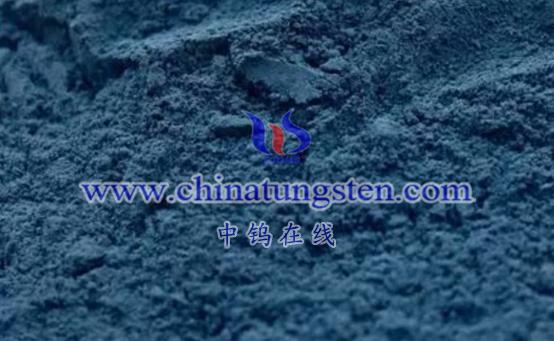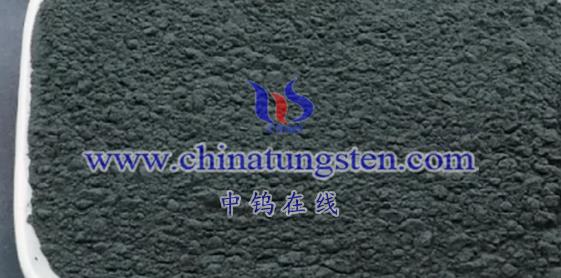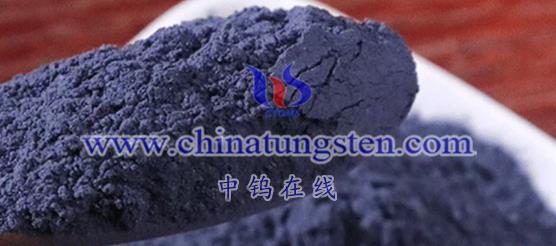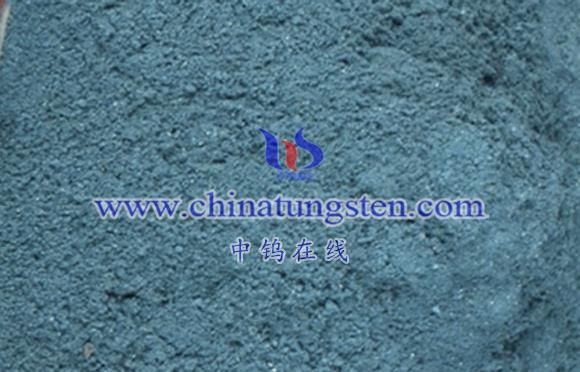
Lithium tungsten bronze (LixWO3) can undergo electrochemical reactions under certain conditions, largely due to its properties as an electrochromic material or electrochemically active substance. Below are some situations in which lithium tungsten bronze may participate in electrochemical reactions:
- Electrochromic Applications
In electrochromic devices, lithium tungsten bronze typically functions as the working electrode or the electrochromic layer. When an external voltage is applied, lithium ions move between the electrolyte and lithium tungsten bronze, undergoing insertion and extraction processes. This process leads to changes in the lithium content (x value) in the material, triggering a reversible color change. This color shift is achieved through an electrochemical reaction, where the mechanisms involve the migration of lithium ions, electron transfer, and subtle adjustments in the internal structure of the material.
- Electrochemical Energy Storage Applications
Although lithium tungsten bronze is not a traditional battery material, its electrochemical activity suggests that it may play a role in certain electrochemical energy storage systems. For example, in novel energy storage devices, lithium tungsten bronze might serve as an electrode material, participating in electrochemical reactions by inserting and extracting lithium ions to store and release energy. However, research in this area is still limited, and the specific application scenarios and mechanisms need further exploration.
- Electrocatalysis Applications
Lithium tungsten bronze may also exhibit catalytic activity in certain electrochemical reactions. In these reactions, lithium tungsten bronze functions as a catalyst or a catalyst support, facilitating the conversion of target substances through electrochemical processes. However, compared to its application in electrochromic devices, research on lithium tungsten bronze in electrocatalysis is still relatively sparse, and its potential applications and effectiveness in this field require further validation.
- Other Electrochemical Processes
In addition to the applications mentioned above, lithium tungsten bronze may also undergo electrochemical reactions in other processes. For instance, during electrochemical corrosion, electrochemical deposition, or other similar processes, lithium tungsten bronze could act as a reactant or medium in electrochemical reactions. However, the specific mechanisms and conditions for these processes vary depending on the reaction system and require detailed analysis.
Conclusion
Lithium tungsten bronze undergoes electrochemical reactions under specific conditions in applications such as electrochromic devices, electrochemical energy storage systems, and electrocatalysis reactions. These reactions involve complex processes like the migration of lithium ions, electron transfer, and adjustments in the material’s internal structure. Understanding the mechanisms and characteristics of these reactions requires further study. As technology advances and application areas expand, the electrochemical properties and application potential of lithium tungsten bronze will continue to be explored and developed.
More details of tungsten oxide product, please visit website: tungsten-oxide.com
Please contact CHINATUNGSTEN for inquiry and order of tungsten oxide:
Email: sales@chinatungsten.com
Tel.: 86 592 5129595
